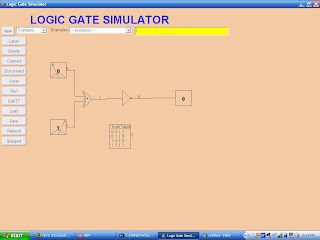The slug metaphor is a great one because it helps us understand the concept of us leaving electronic trails. Combining this concept with that of "positive feedback" demonstrated by
Linepithema humile is a good model of the potential we have for seeking out information on the internet. I find myself using the very same tool described on amazon.com. When looking for music to buy, I often take a look at the related items the website posts for me, and this often produces good results.
One idea that intrigued me was that of a
Traffica Cybernetica. It seemed a little too far-fetched for me. How can it be possible to make roads and interstates mobile enough for them to change. And if this is accomplished, what happens to the little used routes and those who use them? Sure, they are little used, but they are used, nonetheless.
I am very concerned with the privacy issues of human-machine symbiosis. I don't think it will be possible to make such a high level of connectivity safe enough for people to use. It would be a gateway into allowing people to find out information that is far too personal. However, when focusing on the good things coming from a perfect symbiosis, it is easy to see how it would make many facets of life easier.
I feel that it is important for us to remember not too sacrifice the old technology to make room for the new. When I think of this quote, I think of not forgetting the purpose of the original machine. I agree with the article when it says that we should aspire to integrate the new and the old together.
Health care in Neil Gershenfeld's TTT [Things That Think] world would be much more efficient. The article is correct when it says that there is a great effort into taking care of those who took their medication wrong. A thinking medicine and cabinet would make analysis much more efficient. You could also apply this to something like probation for drug testing. You could easily monitor a person's intake on a daily basis to ensure they aren't violating terms of their probation.
It blows my mind to think of how people would act in a TTT world. I am not sure if some people would be able to adapt to this type of world. However, those who have the resources and choose to purchase a TTT house and live in a TTT environment, could live a very efficient, streamlined life. If that's for you, then that's your choice. I really don't think some people would take to this kind of idea. Those type of old-fashioned people who stray from technology would stay behind.
Whether or not we are able to integrate technology into our lives, we must remember that as we develop technology we must protect ourselves from the dark side of development and progress. I am very wary of these tools having so much control over our lives.






